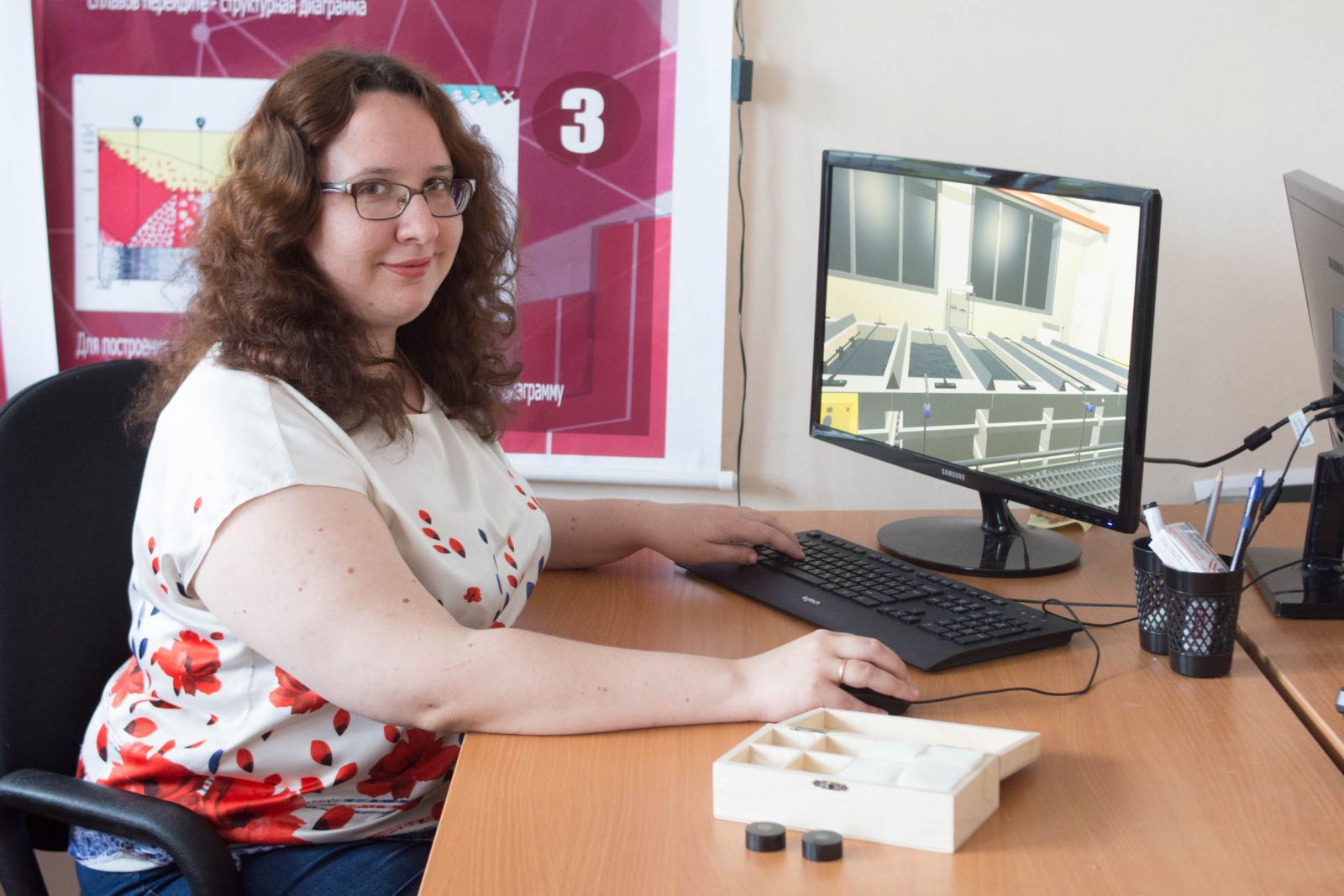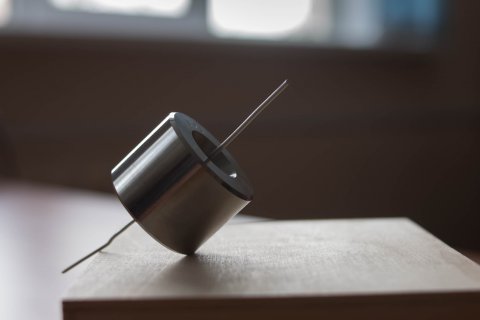Drawing is one of the oldest methods of pressure metal treatment, which is remaining relevant up to date. The team of scientists of South Ural State University created a laboratory draw bench, which has no analogs in the Russian market.
Triple Type Straight Draw Bench
Drawing is the main method of producing wire, both commercial wire, and wire rods for manufacture of metalware, for instance, of nails, mesh and wire ropes. It may seem simple, but it is one of the most difficult types of metal working. At the SUSU’s Research and Production Institute of Education Equipment and Technology a unique automated triple type laboratory draw bench was engineered.
“The process of drawing is affected by a great number of various factors, such as drawing speed, process lubricant, under-lubricant layer, degrees of deformation, configuration of dies and draw bench machine, and others. In this context the relevance of studying the process of drawing not only does not decline with the course of time, but becomes more pressing. This can be explained by emergence of new lubricants, and subsequently by a significant increase in the drawing speeds. And the possibility of using state-of-the-art measuring systems and IT technologies bring the process studying up to a whole new level,” shares SUSU postgraduate Tatiana Lisovskaya – one of the project’s authors.

Photo: Tatiana Lisovskaya
The drawing equipment, which can be used for educational and research-and-development purposes, should comply with modern requirements on the technology of drawing, and on automation of this process. That is why the scientists of South Ural State University were set forth a task on engineering and producing a laboratory draw bench, which would allow to study the process of wire drawing in monolithic dies both for educational and scientific purposes.
Automation of the Draw Bench
One of the main drawbacks of multiple type straight draw benches is wire breakage. Creation of back-tension and control of its degree allows to get rid of this minus, and thus improve the process general productivity, as well we the quality of the end product.
“We engineered a digital complex system for control over the draw bench. Such a system allows to avoid accidents. If any one of the readings approaches a critical value, the yellow signal light flashes on the operator’s control panel, and the sensor monitor displays a warning, so that the operator could assume the required measures. If any one of the readings approaches a critical value, the control system will automatically stabilize it to its operational value, while all the messages and warnings are displayed on the operator’s control panel.”
The high degree of automation of the draw bench, and the use of high-precision measuring sensors and devices in its configuration allows to fix the energy-and-power parameters of the process, control the process of drawing as per the value of back-tension, collect information and store it for a long-term period. Thanks to that, serious opportunities open for studying the effect of the process parameters on the energy-and-power characteristics at a modern level.

Photo: Triple type straight draw bench
Draw Bench for Scientific Research
The engineered draw bench is first and foremost designated for educational and research-and-development purposes. It allows to perform laboratory and research-and-development works related to studying lubricants, formability of metal, effects of back-tension on the drawing process, etc.
“The engineered laboratory draw bench has no analogs in the Russian market. The price of this draw bench is significantly lower than that of modern straight draw benches used in production, what makes it affordable for educational institutions. Learning and performing research studies using such equipment allows to train highly qualified personnel in the fields metallurgy and mechanical engineering.”
The draw bench created by the SUSU scientists is already being successfully used in the educational process at the Department of Machines and Processes of Pressure Metal Working, as well as in the city of Navoiy, Uzbekistan. The work by Tatiana Lisovskaya under guidance of Lyudmila Radionova, Candidate of Sciences (Engineering), Associate Professor, as part the Master’s thesis on Engineering of a Digital Complex System of Control over Multiple Type Draw Bench, became one of the winners at UMNIK contest of the Foundation on Innovations Facilitation.




